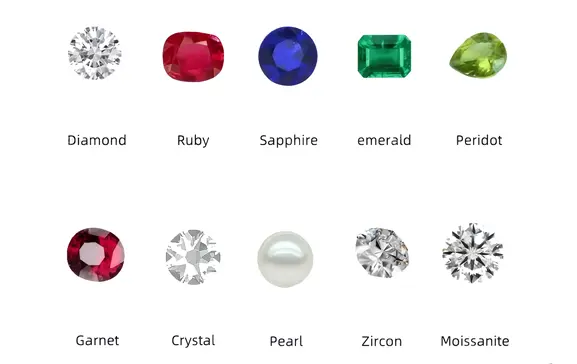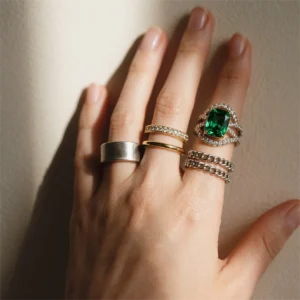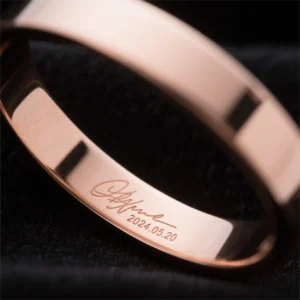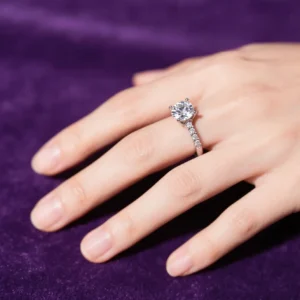Birthstone jewelry transcends being merely a personal accessory; it represents a thriving $2.3 billion global industry fueled by rich symbolism, personalized customization, and seasonal gift-giving traditions. To unlock the commercial potential of custom gemstone jewelry, it is essential to understand the cultural significance of birthstones. Mastering this knowledge is the cornerstone to dominating this enduring and profitable niche.
What Is Birthstone?
The mystique of birthstones traces back to the sacred breastplate of Aaron, described in biblical texts as adorned with twelve gemstones representing the twelve tribes of Israel. Over centuries, these stones transcended their spiritual roots, evolving into celestial guardians linked to zodiac signs—a tradition that transformed gemstones into vessels of fortune and personal empowerment.
In 1912, the National Association of Jewelers (USA) established the first official birthstone list, cementing these gems as cultural icons in the jewelry world. This authoritative standardization propelled birthstones into mainstream luxury, uniting tradition with contemporary elegance. Embracing evolving tastes, the list was revitalized in 2016 with modern additions like December’s tanzanite—a testament to the industry’s commitment to innovation and inclusivity.
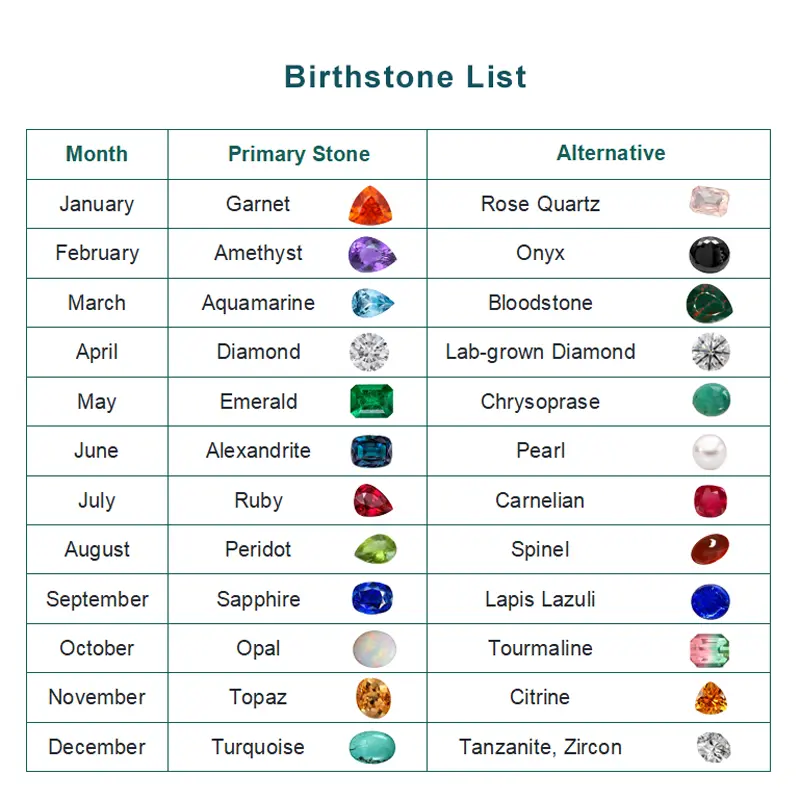
Most Valuable Birthstone: Why Are Some Birthstones So Expensive?
Rarity & Limited Supply: Nature’s Scarcity Game
Alexandrite reigns as one of Earth’s rarest gems. Over 90% of gem-grade stones come from Brazil’s Hematita mine (discovered in 1987), while Russia’s historic deposits—now depleted—command astronomical prices: 35,000–100,000+ per carat for stones over 1ct. Its rarity stems from a geological fluke: beryllium and chromium must coexist during formation, a phenomenon rarer than diamond crystallization. Meanwhile, Kashmir Sapphires have seen 5–8% annual value growth since their mines closed in 1927, proving scarcity drives enduring worth.
Optical Sorcery: When Light Defies Logic
Color-Shifting Alchemy: Alexandrite’s legendary “day-to-night” transformation—emerald green in sunlight to ruby red under bulbs—is quantified by its 100% color-change intensity in top-tier specimens. This Alexandrite Effect, caused by chromium’s light-absorption magic, can elevate per-carat prices beyond $70,000. Electric Dreams: Paraíba Tourmaline owes its neon glow to copper-manganese fusion, with Brazilian gems hitting $25,000+/ct for vivid “electric” hues. Dubbed “frozen auroras,” these stones outvalue diamonds in saturation-per-carat ratios.
The Celebrity-Auction Vortex: How Wealth Magnifies Rarity
When a 15.81ct Paraíba sold for $1.3M at Christie’s 2023, retail demand surged 30% within months. Auction history reveals patterns: Brazilian Alexandrite earrings fetched $750,000 in 2019, while Russian Alexandrites over 3ct breach $100,000/ct in private sales. Such records don’t just reflect value—they create it. Case in point: blue gem auction prices soared 970% in a decade, as investors chase “hard luxury” assets.

